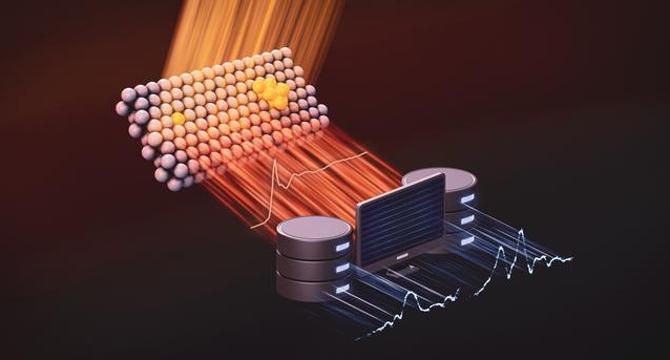Bioengineer
2w
26

Image Credit: Bioengineer
Groundbreaking Tool Set to Revolutionize Catalysis Research
- Researchers from Stanford Synchrotron Radiation Lightsource and the University of California, Davis, introduced a new software tool called MS-QuantEXAFS that will change the way scientists study single-atom catalysts.
- The tool, which simplifies the structure determination process for single-atom catalysts while significantly reducing analysis time, integrates advanced theoretical calculations with X-ray absorption fine structure data.
- MS-QuantEXAFS can differentiate single atoms from nanoparticles in a given catalyst, providing a quantitative assessment of the different metallic forms and offering a higher resolution for analyzing catalyst efficacy.
- With the tool already providing a simplified and quicker assessment of numerous structural models, researchers believe it will significantly enrich the toolbox of the catalysis industry while transforming the learning experience for upcoming practitioners in the field.
- Automation of the process reduces analysis time and could lead to significant efficiencies and cost savings across various industries that rely on catalysis.
- The adoption of single-atom catalysts represents a transformative moment in catalysis technology, and the ability to analyze these materials effectively is crucial in tapping their true potential.
- Funding for this research was provided by the Department of Energy underlining the importance of governmental support for scientific initiatives.
- The development of MS-QuantEXAFS signifies an important advancement in the quest to unlock more effective catalyst design and engineering principles.
- Researchers are optimistic that the adoption of MS-QuantEXAFS will facilitate groundbreaking discoveries, leading to novel applications of catalysis that could redefine energy efficiency benchmarks.
- As the scientific landscape evolves, tools like MS-QuantEXAFS will become indispensable in deciphering complex structures that underpin modern catalytic science.
Read Full Article
1 Like
For uninterrupted reading, download the app